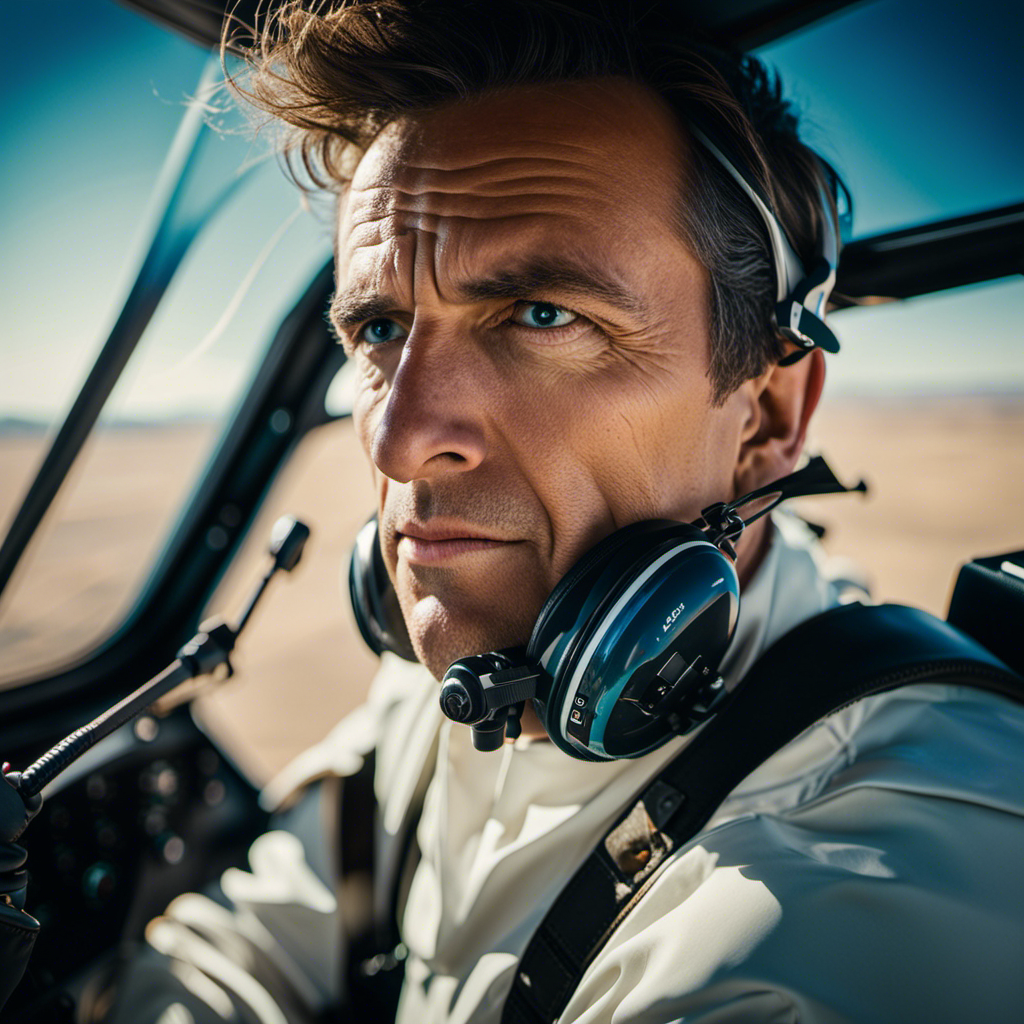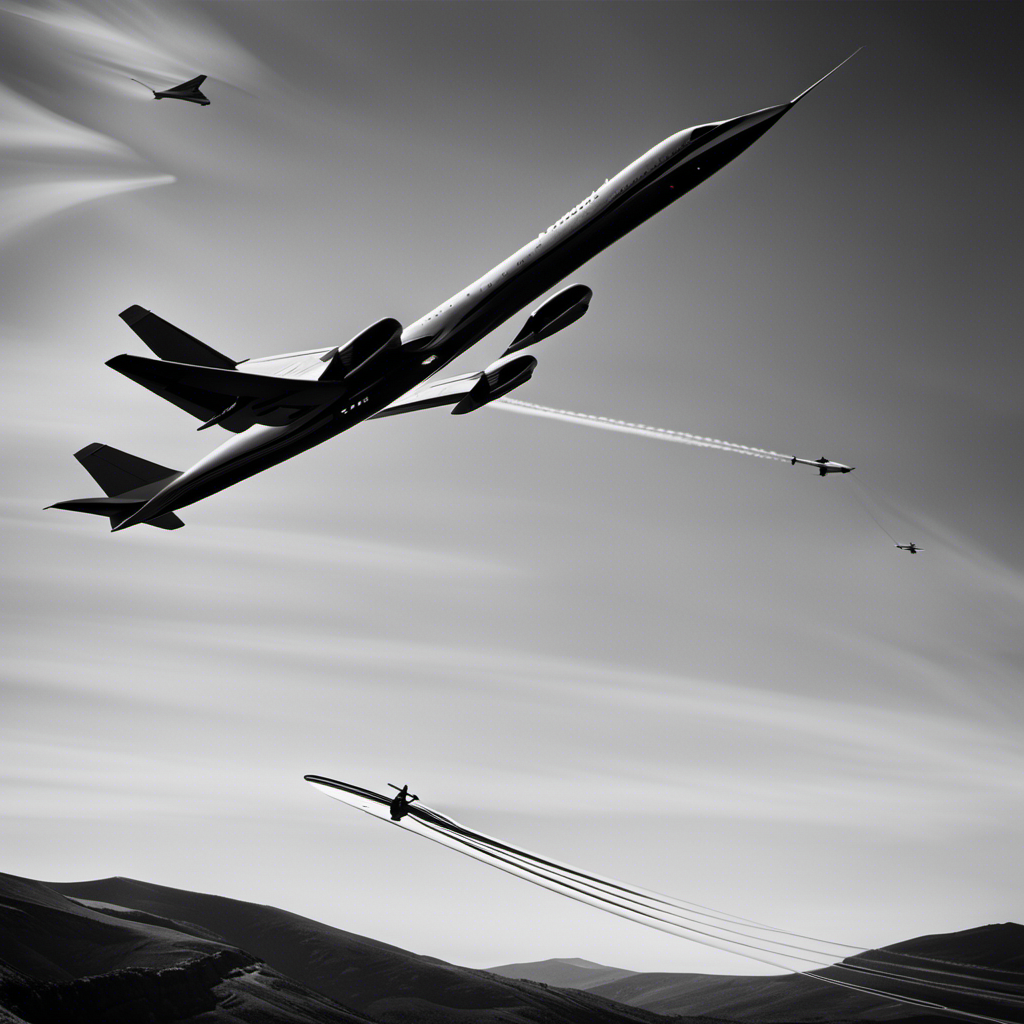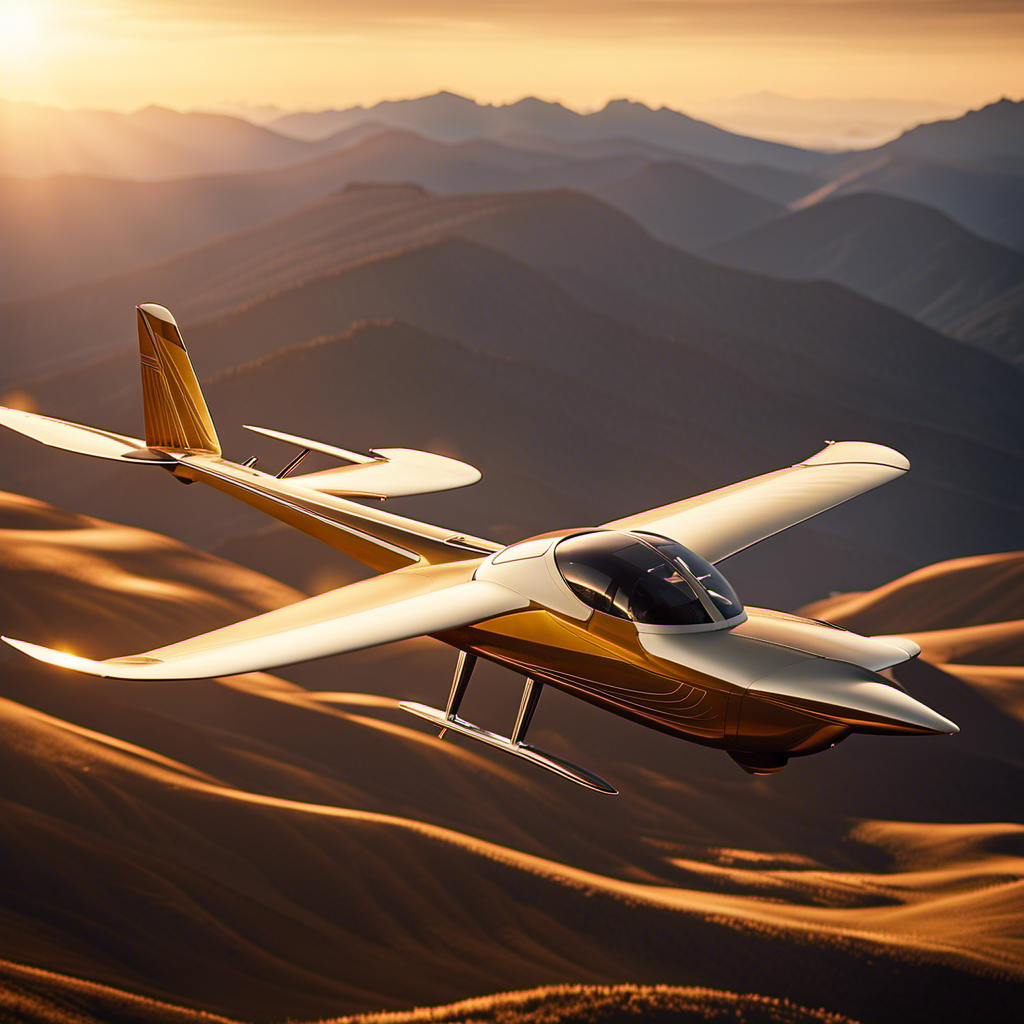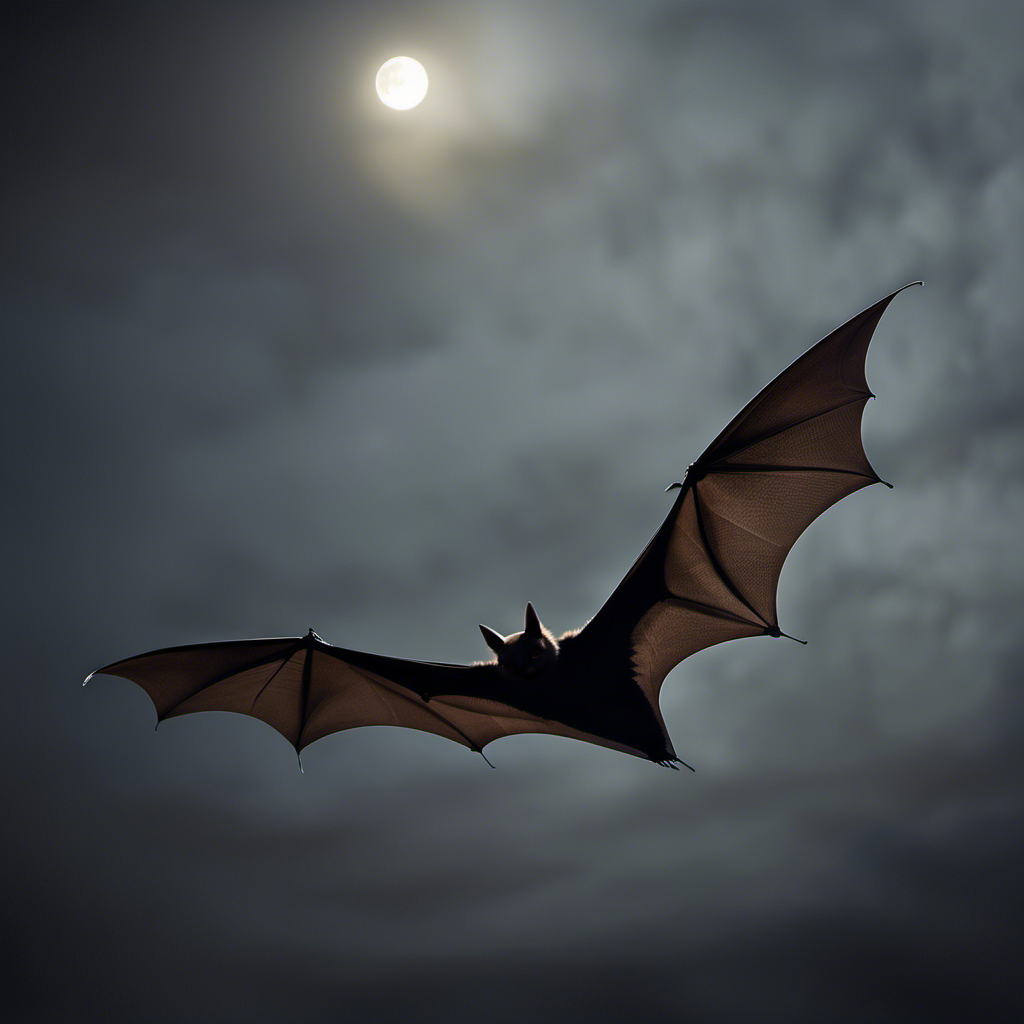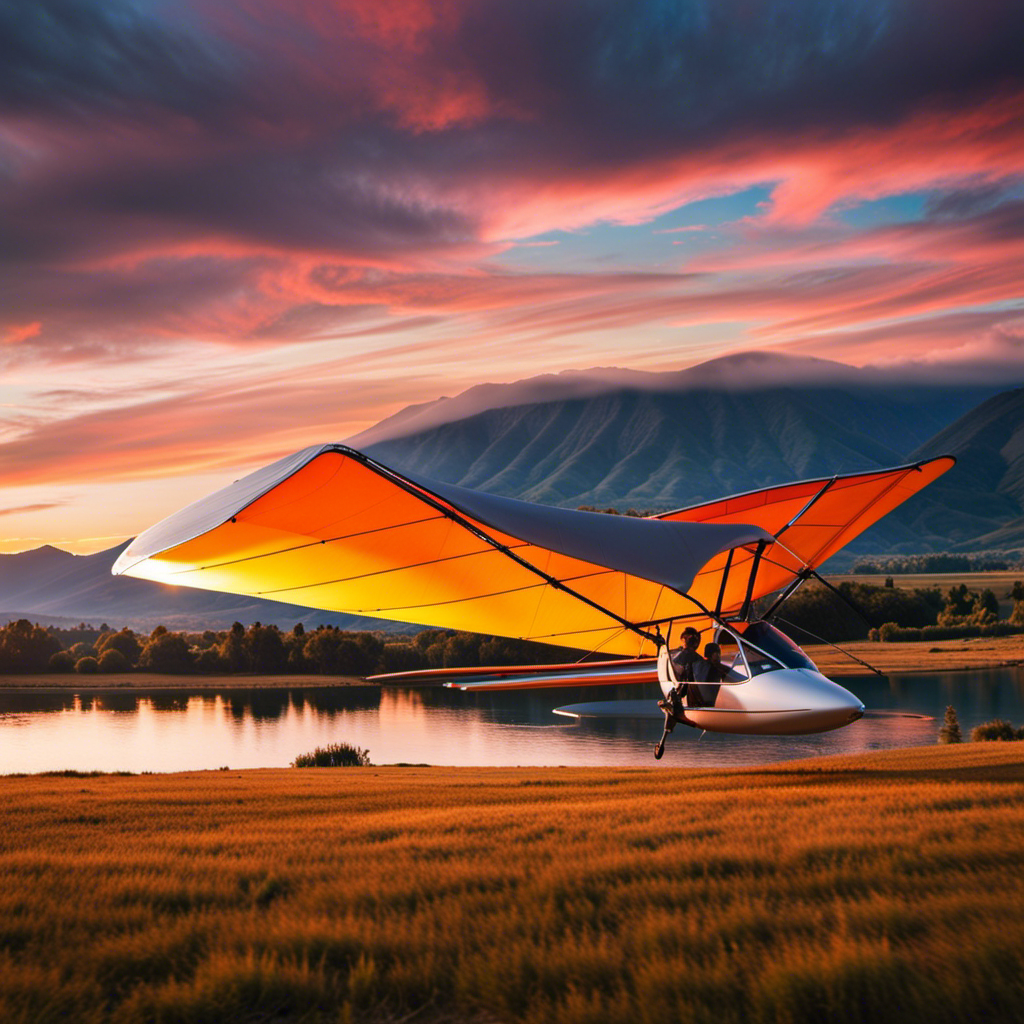“The journey is just as important as the destination,” is a phrase that rings true. As someone who has spent countless hours soaring through the skies as a seasoned glider pilot, I can attest to the validity of this statement.
To be a good glider pilot, one must possess a deep understanding of aerodynamics, the ability to make quick and accurate decisions, strong communication skills, and physical fitness and endurance. Additionally, knowledge of weather patterns, the ability to assess and manage risk, continuous learning and improvement, patience and persistence, and a passion for flying are essential qualities.
In this article, we will delve into what truly makes a good glider pilot.
Key Takeaways
- A good glider pilot must have a strong understanding of aerodynamics and be able to make quick and accurate decisions.
- Effective communication skills are essential in glider piloting to ensure safety and effective teamwork.
- Knowledge of weather patterns and the ability to assess and manage risks is crucial for safe and successful flights.
- Physical fitness and endurance are important for maintaining mental clarity, decision-making abilities, and overall performance in glider piloting.
Understanding of Aerodynamics
A good glider pilot must have a solid understanding of aerodynamics to effectively control the aircraft. Understanding lift forces and Bernoulli’s principle is crucial in mastering the art of gliding.
Lift is the force that allows a glider to stay airborne, and it is generated by the difference in air pressure between the upper and lower surfaces of the wings. This concept is based on Bernoulli’s principle, which states that as the speed of a fluid (in this case, air) increases, its pressure decreases. By exploiting this principle, glider pilots can manipulate the airflow over the wings to generate lift and maintain altitude.
Having a deep comprehension of these principles enables a glider pilot to make precise adjustments and maintain optimal flight conditions. It allows them to understand how changes in airspeed, angle of attack, and wing configuration affect the lift and overall performance of the glider. This knowledge becomes especially crucial during critical maneuvers such as takeoff, landing, and soaring in thermals or ridge lift.
Furthermore, an understanding of aerodynamics facilitates effective communication with other pilots and instructors. It allows for clear discussions on flight techniques, performance limitations, and even troubleshooting in case of any issues during flight.
With a solid foundation in aerodynamics, a glider pilot can transition seamlessly into the subsequent section about their ability to make quick and accurate decisions.
Ability to Make Quick and Accurate Decisions
One of the key traits of a skilled glider pilot is the ability to swiftly and accurately make decisions. In the world of gliding, split-second choices can make the difference between a successful flight and a dangerous situation. Quick decision-making is essential when unexpected weather changes or mechanical issues arise. The ability to analyze the situation, assess risks, and choose the best course of action is crucial for maintaining safety in the air.
Accuracy in decision-making is equally important. As a glider pilot, I have learned to gather information from various sources, such as weather forecasts, aircraft instruments, and communication with ground control. This information allows me to make informed decisions that optimize flight performance and minimize risks. Whether it’s adjusting the flight plan due to changing wind patterns or deciding when to initiate a landing, accuracy in decision-making ensures a smooth and efficient flight.
Furthermore, quick and accurate decision-making is closely linked to strong communication skills. Effective communication with air traffic controllers, fellow pilots, and ground crew enhances situational awareness and facilitates collaborative decision-making. By seamlessly exchanging information and coordinating actions, we can overcome challenges and maintain a high level of safety during our flights.
Transitioning into the next section about strong communication skills, it is evident that effective communication plays a vital role in ensuring a successful and safe gliding experience.
Strong Communication Skills
Having strong communication skills is essential for ensuring a successful and safe gliding experience. As a glider pilot, effective communication plays a crucial role in emergencies and in fostering effective teamwork. Here are three reasons why strong communication skills are vital in gliding:
-
Ensuring Safety: Clear and concise communication between the pilot and air traffic control is crucial to avoid potential collisions and navigate through airspace effectively. In emergency situations, the ability to communicate calmly and effectively can be a matter of life and death.
-
Coordinating with Team: Gliding often involves working closely with a team, including ground crew and other pilots. Effective communication ensures that everyone is on the same page, coordinating tasks, and making quick decisions together. This fosters a sense of unity and trust among the team members.
-
Managing Passengers: As a glider pilot, you may have passengers on board. Strong communication skills enable you to provide clear instructions and information to ensure their safety and comfort throughout the flight.
With effective communication, a glider pilot can navigate through challenging situations, work seamlessly with their team, and create a safe and enjoyable experience for everyone involved.
Transitioning into the next section on physical fitness and endurance, it is important to maintain a high level of fitness to handle the physical demands of gliding.
Physical Fitness and Endurance
Maintaining physical fitness and endurance is crucial for a glider pilot to handle the demands of the sport. As an experienced glider pilot myself, I understand the importance of being physically fit and having the endurance to withstand long flights and challenging weather conditions. The physical demands of piloting a glider cannot be underestimated. To illustrate this further, let’s take a look at the following table:
| Physical Fitness Component | Importance for Glider Pilots | Training Methods |
|---|---|---|
| Cardiovascular Endurance | High | Running, Cycling |
| Muscular Strength | Moderate | Weightlifting |
| Flexibility | Moderate | Yoga, Stretching |
This table highlights the various physical fitness components that are essential for glider pilots. Cardiovascular endurance is crucial for long flights and the ability to handle high G-forces. Muscular strength is necessary for maneuvering the controls and maintaining stability. Flexibility is important for comfort and minimizing the risk of injuries.
Having a high level of physical fitness and endurance enables glider pilots to handle the physical demands of the sport effectively. It allows us to stay focused and maintain control of the glider even during long flights. Furthermore, physical fitness contributes to mental clarity, decision-making abilities, and overall performance.
Transitioning into the next section about ‘knowledge of weather patterns,’ understanding how physical fitness and endurance play a vital role in piloting a glider is just one aspect of what makes a good glider pilot. Equally important is having a deep understanding of weather patterns and their impact on gliding conditions.
Knowledge of Weather Patterns
Understanding weather patterns is crucial for me as a glider pilot. It allows me to make informed decisions and ensure a safe and successful flight. Weather forecasting and meteorology play a significant role in my preparations before taking to the skies. As a knowledgeable and experienced pilot, I understand the importance of analyzing weather reports and forecasts to determine the conditions I will encounter during my flight.
By studying weather patterns, I can anticipate changes in wind direction, speed, and turbulence. This enables me to plan my route accordingly and maintain control and stability in the air. Meteorology provides me with valuable insights into the atmosphere’s behavior, allowing me to identify potential hazards such as thunderstorms, strong gusts, or downdrafts.
Staying up to date with the latest weather information is crucial. It allows me to adjust my flight plan or even postpone my journey if conditions are unfavorable or unsafe. My understanding of weather patterns allows me to make informed decisions, ensuring the safety of myself and my passengers.
Moving forward, attention to detail is another crucial aspect of being a skilled glider pilot.
Attention to Detail
Having a deep understanding of weather patterns is crucial for glider pilots. It allows us to anticipate changes in wind speed, direction, and atmospheric conditions, ensuring a safe and efficient flight. But knowledge alone is not enough. To truly excel in the cockpit, a good glider pilot must possess a keen attention to detail.
Precision flying requires an unwavering focus on every aspect of the flight. From the pre-flight inspection to the final landing, every movement and decision must be executed with meticulous care. Attention to detail means checking and double-checking all the instruments, verifying the aircraft’s weight and balance, and meticulously planning the flight path. It means constantly monitoring our altitude, airspeed, and position, making adjustments as necessary to maintain optimal performance.
As a glider pilot, I have learned that even the smallest oversight can have significant consequences. A missed bolt during pre-flight inspection or a slight deviation from the planned course can quickly escalate into a dangerous situation. By paying attention to every detail, I ensure that my flight is smooth, efficient, and safe.
Transitioning to the next section, the ability to assess and manage risk is another critical skill that sets apart good glider pilots.
Ability to Assess and Manage Risk
Transitioning to the next section, one important skill that sets apart competent glider pilots is their ability to assess and manage risk. As a seasoned glider pilot, I understand the critical role that risk assessment and management play in ensuring a safe and successful flight. Here are some key points to consider:
-
Risk assessment:
-
Evaluating weather conditions: This involves analyzing current and forecasted weather patterns to determine if they pose any potential risks to the flight.
-
Assessing equipment condition: Regular maintenance checks and thorough pre-flight inspections are imperative to identify any potential issues that could jeopardize the flight.
-
Risk management:
-
Decision-making: Being able to make informed decisions, such as choosing an appropriate flight path or altering plans based on the evolving conditions, is crucial.
-
Communication and teamwork: Effective communication with air traffic control, fellow pilots, and ground crew can help mitigate risks by exchanging important information and coordinating efforts.
Being able to assess and manage risk effectively is essential for a glider pilot to ensure the safety of themselves and their passengers. It requires experience, knowledge, and a keen eye for detail.
Transitioning into the subsequent section about continuous learning and improvement, I will explore how glider pilots strive to enhance their skills and stay updated with the latest industry practices, enabling them to adapt to new challenges and further enhance safety measures.
Continuous Learning and Improvement
To continuously improve as a glider pilot, you need to embrace a mindset of lifelong learning and stay updated with the latest industry practices. In this dynamic field, continuous improvement and ongoing development are crucial for success.
As a seasoned pilot, I understand the importance of constantly seeking new knowledge and refining my skills.
Continuous improvement means constantly striving to enhance your abilities as a pilot. This involves seeking out new learning opportunities, such as attending workshops, seminars, and conferences. It also means staying up to date with advancements in technology and industry best practices. By actively seeking out new knowledge and skills, I ensure that I am always at the forefront of the glider pilot community.
Ongoing development is a mindset that goes hand in hand with continuous improvement. It involves regularly practicing and honing your skills to maintain proficiency. It means challenging yourself to fly in different weather conditions or unfamiliar locations to expand your experience. It also means seeking feedback from fellow pilots and instructors to identify areas for improvement.
By embracing continuous improvement and ongoing development, I am able to stay ahead in this ever-evolving field.
As I transition to the next section on patience and persistence, I understand that these qualities are essential for the journey of becoming a great glider pilot.
Patience and Persistence
Patience and persistence are key qualities that every glider pilot must possess in order to overcome challenges and achieve their goals. As a seasoned glider pilot, I have learned the importance of patience training and persistence techniques in my journey.
Glider flying is not just about soaring through the skies; it requires a deep understanding of the weather, aircraft dynamics, and precise decision-making. Developing patience is crucial when it comes to waiting for optimal weather conditions or when faced with unexpected delays. It is about staying calm and composed, knowing that good things come to those who wait.
Persistence is equally vital in the pursuit of becoming a skilled glider pilot. There will be times when things don’t go as planned, and setbacks may arise. However, a persistent pilot doesn’t give up easily. They analyze the situation, seek solutions, and learn from their mistakes. They keep pushing forward, striving to improve their skills and knowledge. With persistence, a glider pilot can overcome obstacles and achieve success.
Transitioning into the next section about the passion for flying and love for the sport, I have found that patience and persistence are deeply rooted in my passion for glider flying. The challenges I have faced have only fueled my desire to become better. Through patience and persistence, I have developed a profound love for the sport, a love that continues to drive me to new heights.
Passion for Flying and Love for the Sport
My passion for flying and love for the sport have grown immensely through the challenges I’ve faced and the skills I’ve developed. As a glider pilot, I have dedicated countless hours to honing my flying techniques and perfecting my competition strategies. The thrill of soaring through the sky, completely reliant on the forces of nature, is unmatched. It requires a deep understanding of aerodynamics, wind patterns, and weather conditions.
Flying techniques are crucial for a glider pilot. I have learned to master the art of energy management, using the glider’s potential and kinetic energy to stay aloft for extended periods. I have also become proficient in reading the air, understanding thermals, ridge lift, and wave lift, in order to maximize my flight time and distance.
Competition strategies are equally important. To succeed in glider competitions, I have learned to analyze the task at hand, identifying the best routes, optimal altitudes, and strategic decisions to gain an advantage over my competitors. This requires quick thinking, adaptability, and a deep understanding of the glider’s performance capabilities.
My passion for flying and love for the sport have driven me to continually push my limits and expand my knowledge. Through dedication, perseverance, and a thirst for learning, I have become a skilled glider pilot, ready to take on any challenge that comes my way.
Frequently Asked Questions
How long does it take to become a qualified glider pilot?
It typically takes around 12-18 months to become a qualified glider pilot. The cost of becoming a glider pilot can vary, but it often includes training fees, equipment, and licensing expenses. The benefits of glider flying for mental health include stress relief, improved focus, and a sense of freedom in the sky.
Are there any age restrictions for becoming a glider pilot?
Age restrictions for becoming a glider pilot vary by country, but generally, there is no upper age limit. Training duration typically ranges from a few weeks to a few months, depending on individual progress and weather conditions.
What type of physical fitness is required to be a successful glider pilot?
Physical endurance and strength training are crucial for a successful glider pilot. This demanding activity requires a high level of fitness to handle the physical demands of long flights and maneuvering the controls with precision.
How often do glider pilots need to undergo refresher training?
Glider pilots should undergo refresher training at least once a year. Regular refresher training improves skills, keeps pilots up to date with regulations and safety procedures, and enhances overall proficiency in flying gliders.
Are there any specific certifications or licenses required to fly gliders?
To fly gliders, you need a glider pilot license, which requires passing a written exam and a flight test. There are also age limits, physical fitness requirements, and a commitment to ongoing refresher training.
Conclusion
In conclusion, being a good glider pilot requires a deep understanding of aerodynamics. It also requires the ability to make quick and accurate decisions, strong communication skills, physical fitness and endurance, knowledge of weather patterns, and the ability to assess and manage risk. Continuous learning and improvement, patience and persistence, and above all, a passion for flying and love for the sport are also essential.
Like a hawk soaring effortlessly across the sky, a skilled glider pilot navigates the elements with precision and finesse. They make every flight a masterpiece of skill and expertise.
